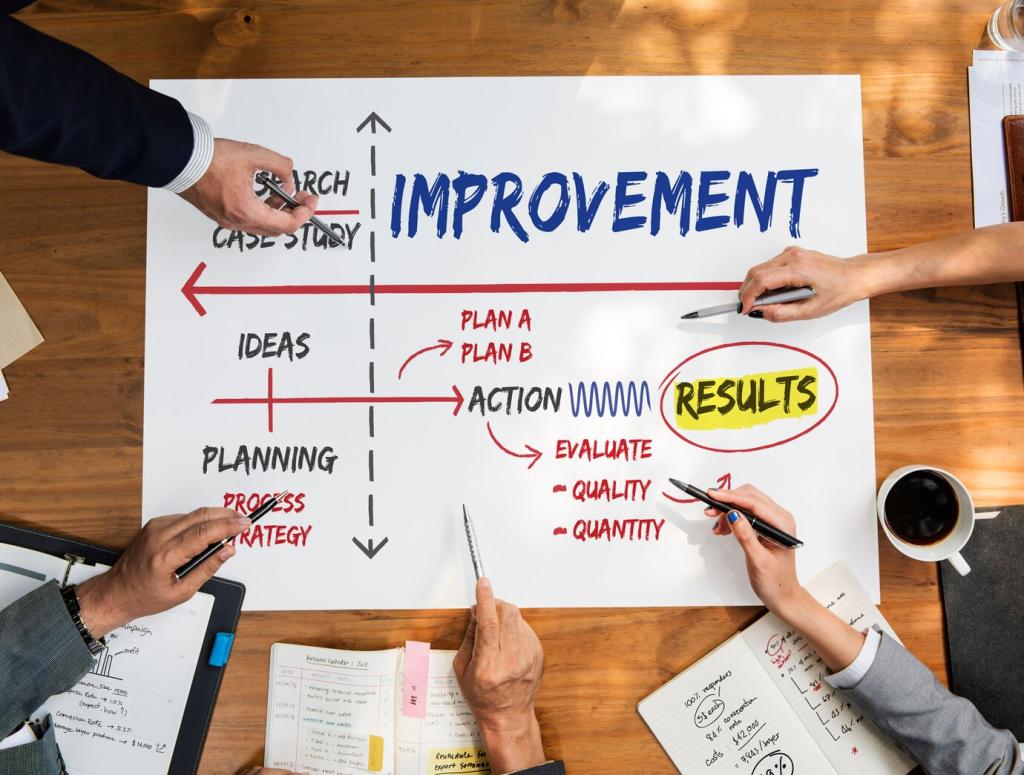Why Emotional Resilience Drives Business Outcomes
Resilient leaders don’t just bounce back; they bounce forward. They convert feedback from failures into concrete adjustments, shorten learning cycles, and protect morale. Tell us about a setback you turned into strategy, and invite your team to subscribe for more actionable resilience playbooks.
Why Emotional Resilience Drives Business Outcomes
In resilient cultures, stress signals information: capacity gaps, process friction, or misaligned incentives. When leaders treat stress as data, they de-escalate emotions and refine systems. Comment with one stress signal you’re reframing this week, and share this post with a colleague under pressure.
Why Emotional Resilience Drives Business Outcomes
Resilience preserves clarity when headlines swing wildly. Teams anchored in purpose filter noise, prioritize essentials, and time decisions thoughtfully. How do you keep your mission clear during turbulence? Join the conversation and subscribe to our newsletter for weekly alignment prompts.








